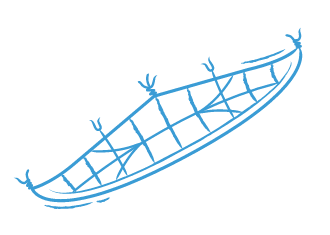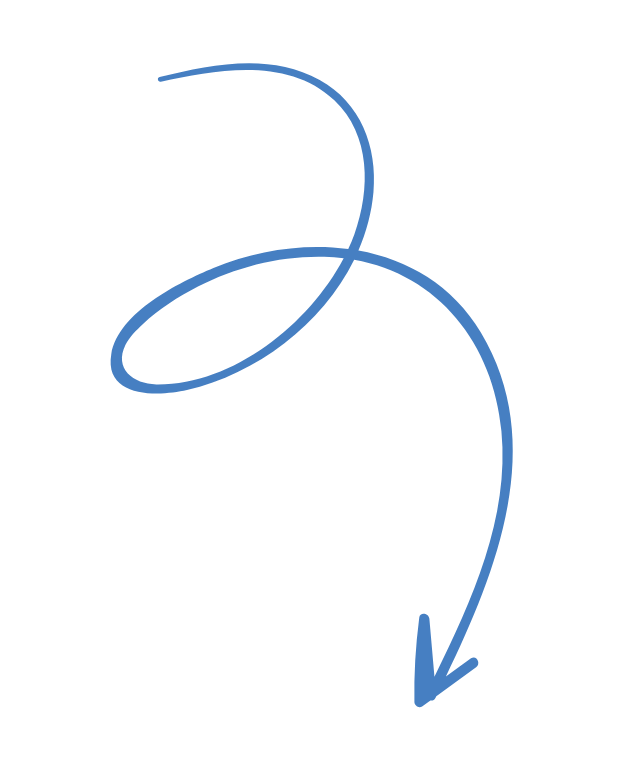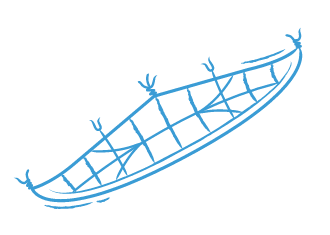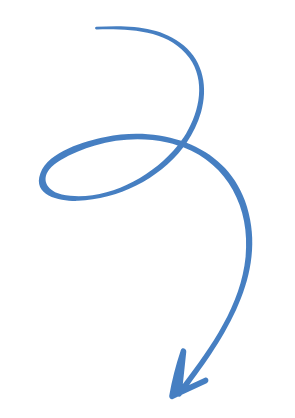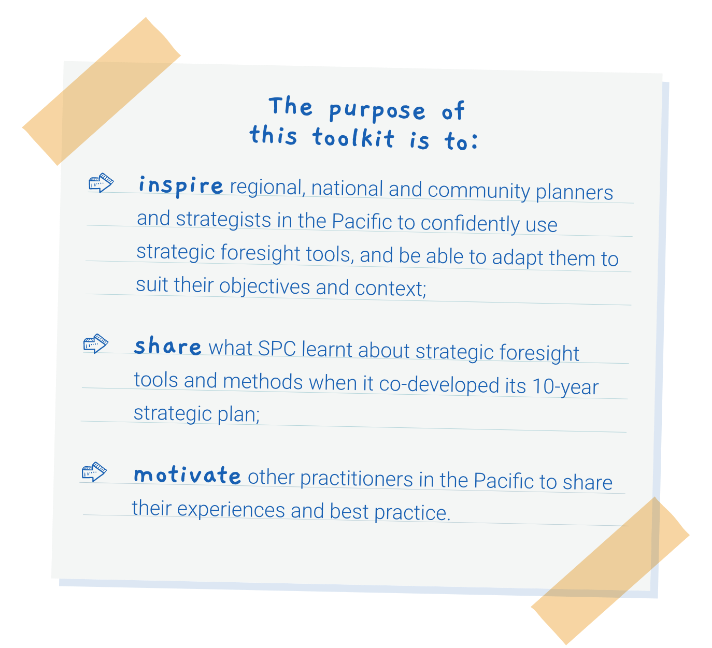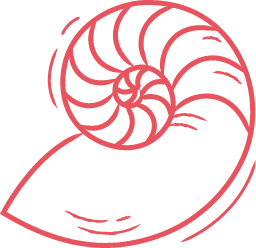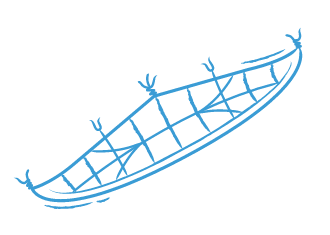





TOOLKIT
what the tool is
when to use the tool
why to use the tool
how to use the tool, including some real‑life examples
where to find more information about the tool.
We can apply strategic foresight depending on the purpose of the task and the point of development of a strategy or plan. This toolkit is organised into five parts. Each part represents a different point in the process, and each part contains one or more tools (see table 1). You can also pick and choose from the different tools and use them at other times to suit your purpose.





inspire
regional, national and community planners and strategists in the Pacific to confidently use strategic
foresight tools, and be able to adapt them to suit their objectives and context;
share
what SPC learnt about strategic foresight tools and methods when it co-developed its 10-year strategic
plan;
motivate
other practitioners in the Pacific to share their experiences and best practice.
Strategic foresight and futures thinking provide creative yet structured ways to think about and plan
for the future. They include identifying what is driving change and the implications that those
“drivers” have on the decisions we make today. They also lean into taking a wide view and identifying
what is emerging as well as valuing imagination by assisting the articulation of “pulls” from the
future. Strategic foresight favours using participatory and inclusive processes to imagine the future.
It uses the ideas that participants generate to help us better anticipate and prepare for change in a
fast-changing and uncertain world.
Around the world, governments, multilateral organisations and
communities – including those in the Pacific – are increasingly using strategic foresight to develop
future-focused strategies, plans and policies. While there are other resources available to help us
understand strategic foresight, we believe The Pacific Pathfinder provides Pacific planners, strategists
and policy makers with a practical guide and toolkit, which includes examples of how strategic foresight
is being used in our region.



For each of the 10 tools, we explain:
The toolkit does not contain every strategic foresight tool; it contains the tools that SPC used to
co-develop Strategic Plan 2022–2031. We share our reflections on using the tools, the pain points we
experienced and our insights into how to use the tools most effectively. By documenting our experience, we
hope to make strategic foresight practice accessible to you.
Throughout The Pacific Pathfinder, we
give other examples of how the tools have been, or can be, used in the Pacific. We hope this will inspire
Pacific strategists and planners to share their experiences of using different strategic foresight tools
in making long-term, cohesive strategic plans. If this happens, we will be able to develop another edition
of The Pacific Pathfinder, which includes more examples of strategic foresight being used across the
region.
In 2020, SPC began investing in training of staff in strategic foresight.2 This group now
forms the SPC Futures Community of Practice. The Community of Practice is the catalyst for embedding
futures capability into SPC and transforming how we approach strategic planning, both internally and as a
service to our member countries and territories. Throughout the toolkit, we’ve included the reflections of
this group of individuals on using the methods and tools.





provides some useful tips to consider when you hold your own strategic foresight workshops.
shows an organisational example of use of participatory foresight.
provides templates you can use when designing your own strategic foresight workshops.
Table 1:
Strategic foresight tools in The Pacific pathfinder, and when to use them
CHAPTER 5
DEVELOPING
AND TESTING STRATEGY
CREATING
ALTERNATIVES
CHAPTER 3 DESCRIBING
OUR FUTURE
EXPLORING DYNAMICS
OF CHANGE

A process of looking for early signs and signals of change happening around us, identifying what the changes are and what effects they may have when they develop.
A technique for interviewing internal and external stakeholders about the future. The open-ended questions help us gain insights into what the future may look like from different stakeholders’ perspectives.
A matrix for identifying and mapping potential drivers that could have a big impacton the future. This tool helps us question our assumptions about the future and consider how uncertainties affect our planning.
A visual map of the system we are considering, which shows the connections and causal relationships between different parts of the system.
Tools that place participants in their preferred future and enable them to imagine different versions of the future.

A tool that identifies our vision for the future (“pulls”), what is pushing us towards the future (“pushes”) and what is holding us back from achieving our vision (“weights”).
A visual image or metaphor of the desired future state that helps us mentally connect to it.
A technique that examines different alternative futures, to help us prepare for the future and better anticipate change.
A tool that identifies and analyses the litany of social causes, discourses and worldviews, and myths and metaphors that shape our current and future states.
A method that starts with identifying the desired end state and works backwards to identify the policies, programmes and events that will achieve it.
CHAPTER 1
GATHERING INTELLIGENCE
ABOUT THE FUTURE

